Dances in Spain, Exploring the Rich Tapestry of Spanish National and Regional Dances: A Cultural Odyssey
Introduction:
Spain, a country steeped in history and cultural diversity, boasts a vibrant tapestry of traditional dances that reflect the nation’s rich heritage. From the spirited Flamenco to the lively Jota, these dances serve as a living testament to Spain’s regional diversity and historical influences. In this exploration, we delve into the captivating world of Spanish national and regional dances, unraveling their origins, characteristics, and significance.
I. National Dances:
1.1 Flamenco: The Soulful Expression of Andalusia
Flamenco, synonymous with Spanish culture, is a dynamic and passionate art form originating from the southern region of Andalusia. Rooted in the multicultural history of Spain, Flamenco draws influences from the Gypsies, Moors, and Jews. Its hallmark features include intricate footwork, expressive hand and arm movements, percussive palmas (hand claps), and the haunting melodies of the guitar. Flamenco encompasses a range of styles, from the upbeat and rhythmic Alegrias to the melancholic and introspective Solea.
1.2 Paso Doble: The Dance of the Matador
Paso Doble, a dance with its roots in Spain but widely popularized in France, embodies the spirit of the bullfight. The dance is characterized by its dramatic flair and staccato movements, reflecting the movements of a matador and his cape. Often performed in pairs, the Paso Doble is a celebration of strength, bravery, and the spectacle of the bullfight.
II. Regional Dances:
2.1 Sevillanas: Andalusian Elegance and Joy
Sevillanas, originating from the Andalusian region, is a festive dance often associated with the annual Feria de Abril in Seville. This lively and flirtatious dance is performed in pairs and consists of four distinct parts, each with its own steps and movements. Sevillanas embodies the joyful and sociable spirit of Andalusia, with participants donning traditional flamenco attire adorned with vibrant colors.
2.2 Jota: The Energetic Rhythms of Aragon
The Jota is a lively and energetic dance that finds its roots in the northeastern region of Aragon. Characterized by fast footwork, intricate hand clapping, and the accompaniment of castanets, the Jota is a celebration of regional identity. Different variations of the Jota exist across Spain, each with its unique choreography and musical accompaniment, reflecting the cultural diversity within the country.
2.3 Sardana: Catalonian Unity in Motion
Originating from Catalonia, the Sardana is a circle dance that symbolizes unity and community spirit. Dancers join hands and move in a circular formation to the sounds of a cobla, a traditional Catalan musical ensemble. The Sardana holds cultural and social significance, often performed during festivals and special events, emphasizing the importance of togetherness and solidarity.
2.4 Muñeira: Galician Folk Dance
In the northwestern region of Galicia, the Muñeira reigns as a traditional folk dance. Accompanied by the sounds of bagpipes, tambourines, and other traditional instruments, the Muñeira is characterized by intricate footwork and lively movements. This dance is deeply rooted in Galician folklore, serving as a vibrant expression of the region’s cultural identity.
2.5 Fandango: The Spirited Dance of Huelva
Hailing from the province of Huelva in Andalusia, the Fandango is a spirited and lively dance characterized by its rhythmic footwork and lively guitar accompaniment. It is often performed during festivals and celebrations, reflecting the joyous and exuberant nature of the Andalusian people.
III. Characteristics of Spanish Dances:
3.1 Passion and Emotion: The Heartbeat of Spanish Dance
A common thread running through all Spanish dances is the intense expression of passion and emotion. Whether it’s the fiery intensity of Flamenco or the jubilant energy of regional dances, Spanish dance forms are a reflection of the profound emotions embedded in the cultural fabric of the nation.
3.2 Percussive Elements: The Rhythmic Pulse
Spanish dances are characterized by their emphasis on rhythm, often expressed through percussive elements such as footwork, hand clapping (palmas), and the use of castanets. The intricate syncopation and rhythmic complexity add depth and intensity to the performances, creating a visceral connection between the dancers and the audience.
3.3 Regional Diversity: A Mosaic of Styles
Spain’s diverse geography and historical influences have given rise to a myriad of regional dance styles. Each region boasts its unique choreography, costumes, and musical accompaniment, contributing to the rich tapestry of Spanish dance. This regional diversity serves as a testament to Spain’s historical complexity and the coexistence of various cultural influences.
3.4 Traditional Costumes: A Splash of Color
Traditional costumes play a vital role in Spanish dances, adding a visual feast to the performances. Flamenco dresses, characterized by their vibrant colors, ruffles, and embroidery, are iconic representations of Spanish femininity. In contrast, the traditional attire of Jota dancers in Aragon is more modest, reflecting the agricultural roots of the region.
3.5 Social and Cultural Significance: A Reflection of Identity
Spanish dances are not merely artistic expressions; they hold profound social and cultural significance. Whether performed in the intimate setting of family gatherings or on grand stages during national festivals, these dances serve as a means of preserving cultural identity and fostering a sense of community among the people.
IV. Influences and Evolution:
4.1 Historical Influences: Moorish, Gypsy, and Jewish Contributions
The history of Spain is marked by the convergence of diverse cultures, and this is evident in the evolution of its traditional dances. The Moorish, Gypsy, and Jewish communities have all left indelible marks on Spanish dance forms. The intricate hand movements of Flamenco, for example, can be traced back to the influence of Moorish art, while the emotional intensity is often associated with Gypsy culture.
4.2 Global Impact: Flamenco’s Journey Beyond Borders
Flamenco, once confined to the southern regions of Spain, has transcended national boundaries to become a global phenomenon. Its passionate and evocative nature has captivated audiences worldwide, leading to the establishment of Flamenco schools and festivals in various countries. This global influence has further enriched the art form, incorporating diverse perspectives and interpretations.
4.3 Contemporary Fusion: Tradition Meets Innovation
In the contemporary landscape, Spanish dance has embraced innovation while retaining its traditional essence. Fusion with other dance forms, experimentation with music genres, and the incorporation of modern elements have contributed to the dynamic evolution of Spanish dance. This adaptability ensures the continued relevance and vitality of these art forms in the 21st century.
V. Conclusion:
Spanish national and regional dances form an integral part of the country’s cultural identity, weaving a tapestry of tradition, diversity, and emotion. From the soul-stirring rhythms of Flamenco to the communal spirit of the Sardana, each dance reflects the unique history and identity of its region. The characteristics of Spanish dances, rooted in passion, rhythm, and cultural
diversity, continue to captivate audiences around the world, ensuring that the legacy of these timeless art forms endures for generations to come. As Spain continues to evolve, so too will its dances, adapting to the contemporary landscape while preserving the essence of a cultural heritage that is as diverse as it is profound.


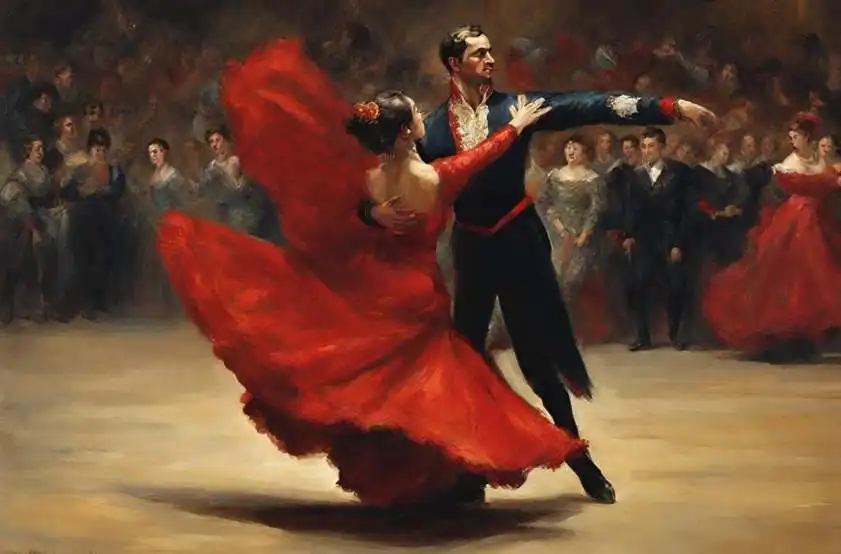

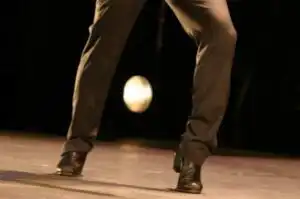
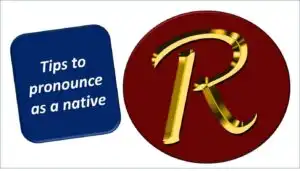
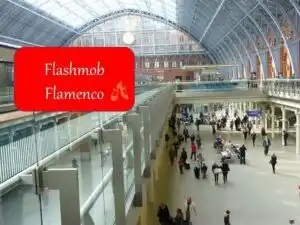


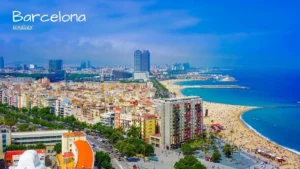

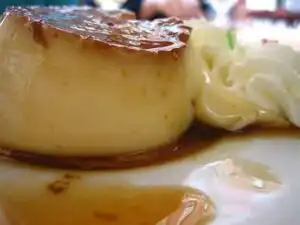
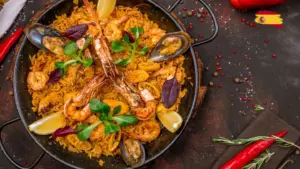
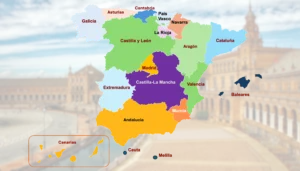
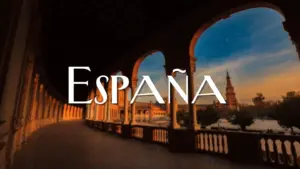
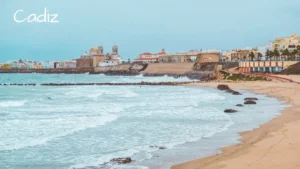
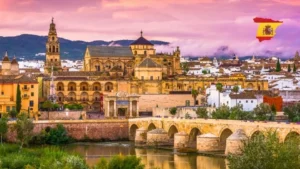
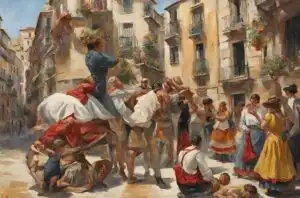
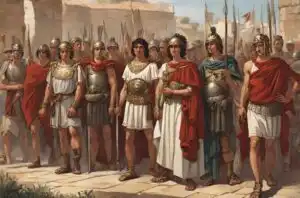
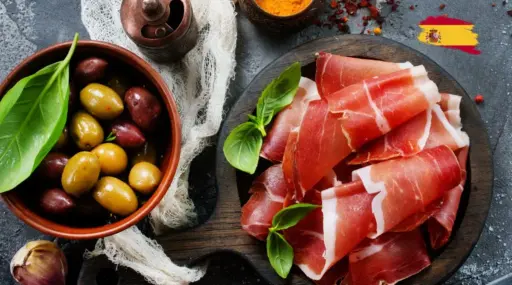
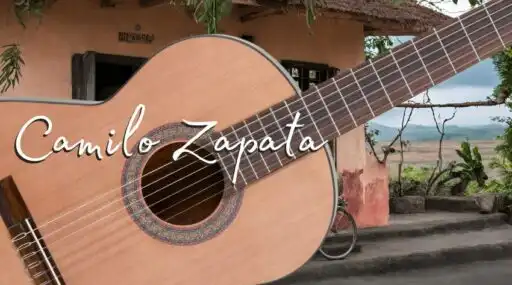
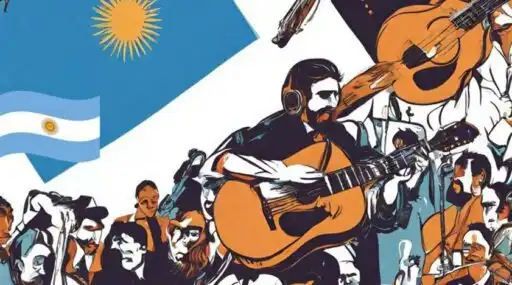

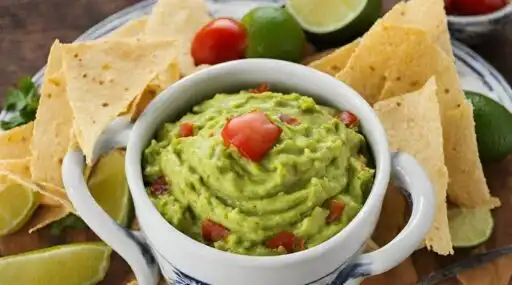
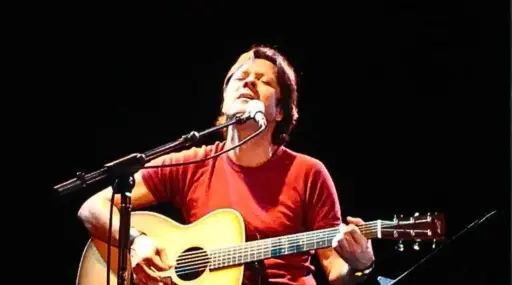

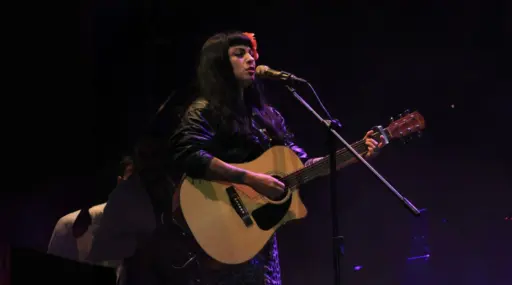
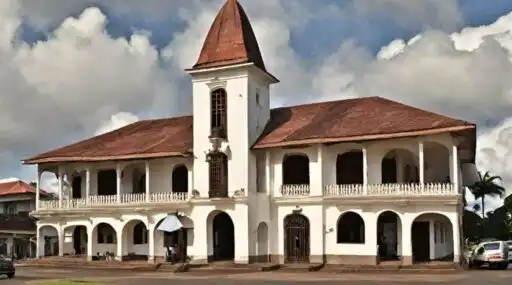
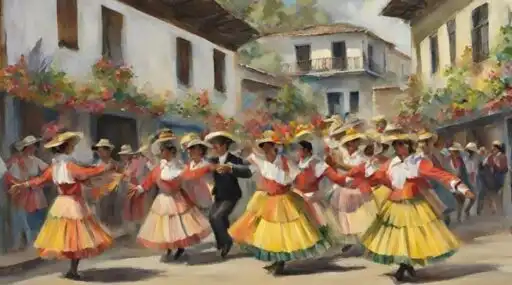

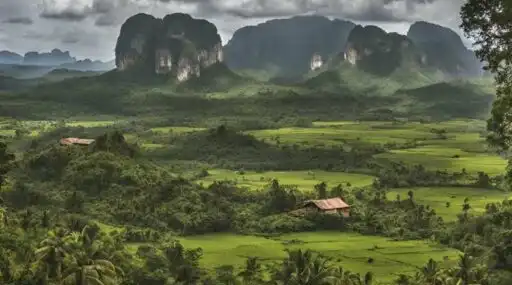

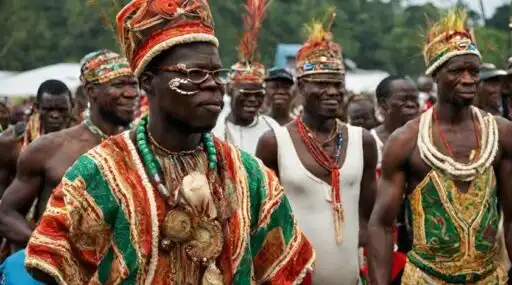
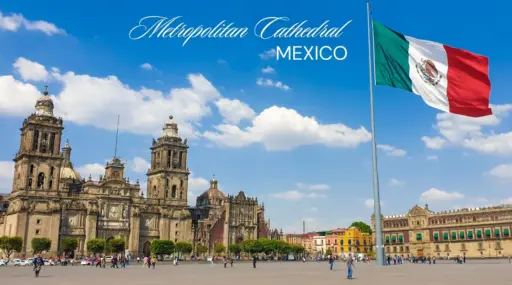
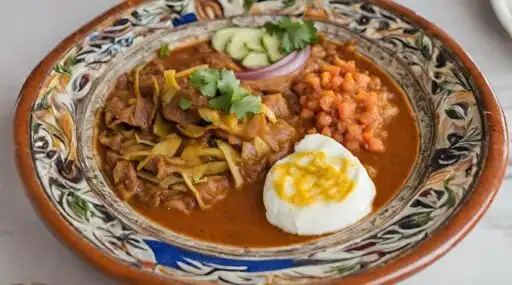

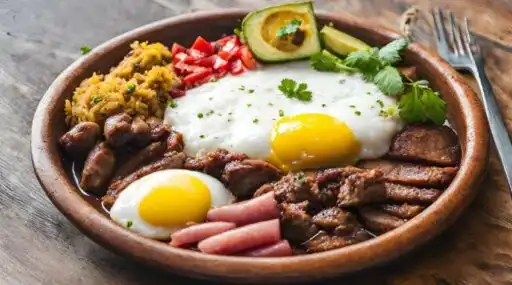
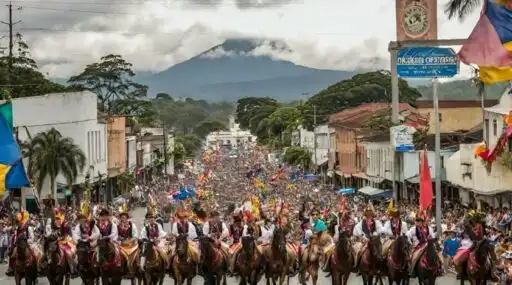
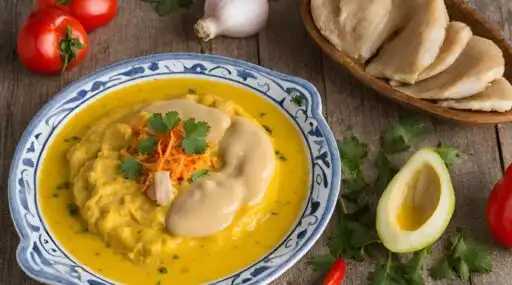
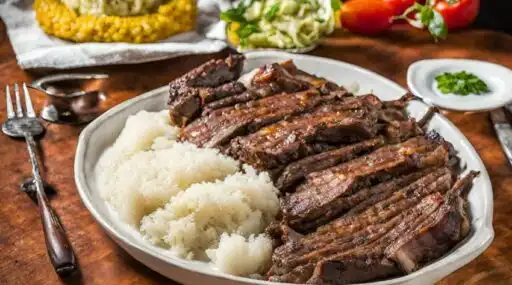


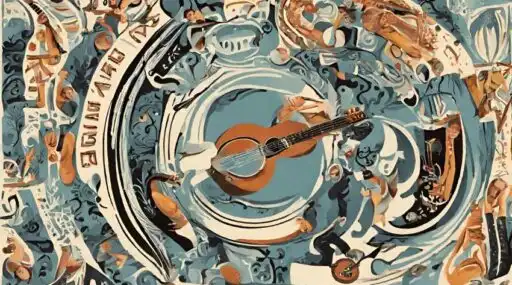
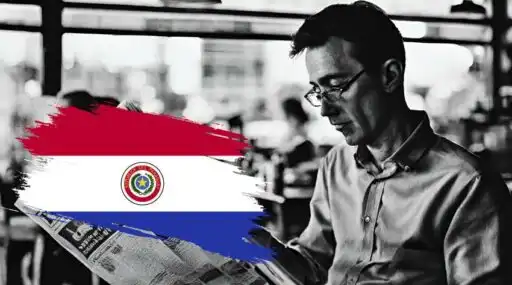
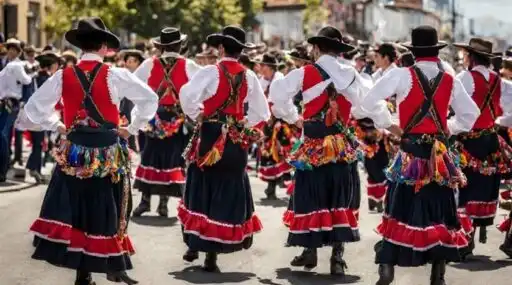
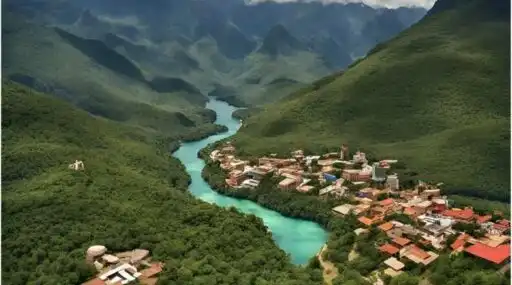
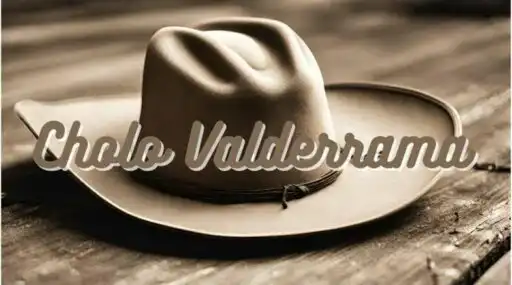
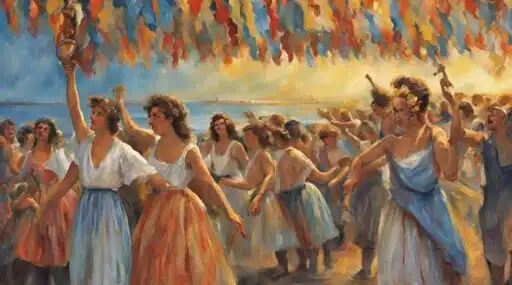
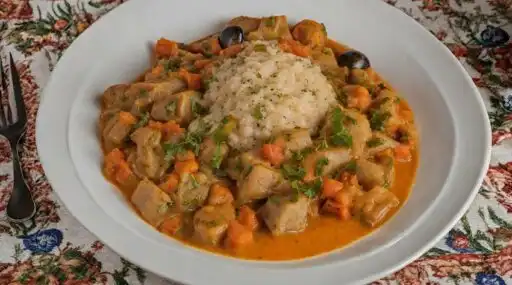
Leave a Reply